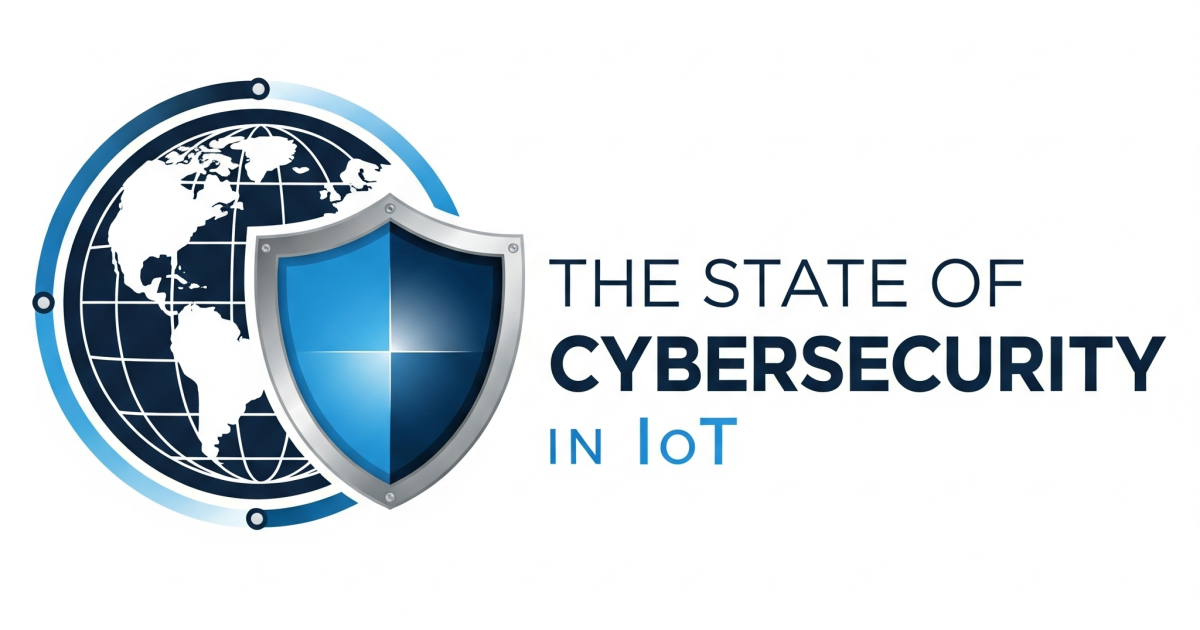
Open Radio Access Network (O-RAN), as VIAVI Solutions has accurately described, is “a disaggregated approach to deploying mobile fronthaul and midhaul networks, built entirely on cloud-native principles.” VIAVI explains how, based on interoperability and standardization of RAN elements, O-RAN architecture enables the agile integration of a modular base station software stack on off-the-shelf hardware, allowing baseband and radio unit components from different suppliers to operate seamlessly together.
This is important when considering the adoption of O-RAN ALLIANCE fronthaul specs and developing compliant testing and deployment. The O-RAN ALLIANCE, committed to evolving these technologies with the core principles of intelligence and openness, is driving industries towards “an innovative, multi-vendor, and autonomous RAN” which reduces costs and improves operational performance for collaborative organizations.”
And so, as it continues fulfilling its open-centric mission for RAN, the O-RAN ALLIANCE recently approved four new Open Testing and Integration Centres, or OTICs.
OTICs are vendor-independent, open, and highly qualified labs approved by the O-RAN ALLIANCE that issue awards and proper recognition from the O-RAN Certification and Badging Program. Via OTICs, operators can ensure their efforts lead to products that are deployed at scale and, even more so, with backed confidence.
Here’s a rundown of the four new North American OTICs:
- OTIC in the Boston Area (Northeastern University): The university’s Institute for the Wireless Internet of Things (WIoT) promotes the research, development, and testing of next-gen intelligent O-RAN. Within its Open6G hub, this OTIC will be a resource for various industries, academia, and even government entities alike to work more towards multi-vendor interoperability and validation of end-to-end control logic for programmable networks (including AI/ML algorithms). This OTIC is set to provide testing equipment and services “to validate disaggregated base stations and RAN Intelligent Controllers (RICs), including custom apps like xApps and rApps.” The OTIC’s platforms include Colosseum, the world’s largest wireless network emulator with hardware-in-the-loop, already showcased as a digital twin for multiple Open RAN tests and trials.
- OTIC in Central Iowa (ARA): This Iowan OTIC, hosted by the Center for Wireless, Communities, and Innovation (WiCI) at Iowa State University, will use its newly deployed NSF-funded ARA rural wireless platform to provide services for testing and integrating O-RAN using state-of-the-art wireless equipment (in addition to the Center’s and University’s agricultural, rural setting and available equipment).
- OTIC in Salt Lake City (POWDER): In Utah, this OTIC is et to support end-to-end O-RAN testing in both lab and field scenarios and is developing a new Testing Orchestration and Testing Automation (TOTA) framework in order to streamline on-demand testing capabilities. Additional O-RAN-related services include use case and proof-of-concept development and evaluation, functional testing, etc.
- OTIC in Washington, DC/Arlington, Virgina: Out east, both indoor and outdoor testing environments are set up for validating disaggregated RAN components – O-RAN Centralized Units (O-CU), O-RAN Distributed Units (O-DU), and O-RAN Radio Units (O-RU) – to test components’ interactions with RICs and AI/ML-based microservices and apps. It’s being overseen by the official Commonwealth Cyber Initiative (CCI) xG Testbed at Virgina Tech (in partnership with AT&T, Verizon, and DISH Network), and interoperability, conformance, and performance tests will be continued on the OTIC site to identify and address key gaps to “spur innovation and early adoption in the wireless marketplace,” according to CCI xG Testbed Director Aloizio P. DaSilva.
A lot of information here, to be sure. But technicals aside, this is a huge step for both the O-RAN ALLIANCE and for organizations around the world.
“The O-RAN ALLIANCE welcomes four additional OTICs to North America, bringing the worldwide total to 15,” said Alex Jinsung Choi, Chairman of the Board at the O-RAN ALLIANCE. “The essential function of OTICs to certify and badge products complements the work of our operator members and contributing vendors to continuously develop products and operationalize O-RAN specifications.”
Edited by
Greg Tavarez





